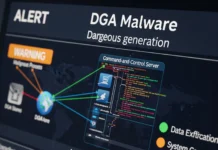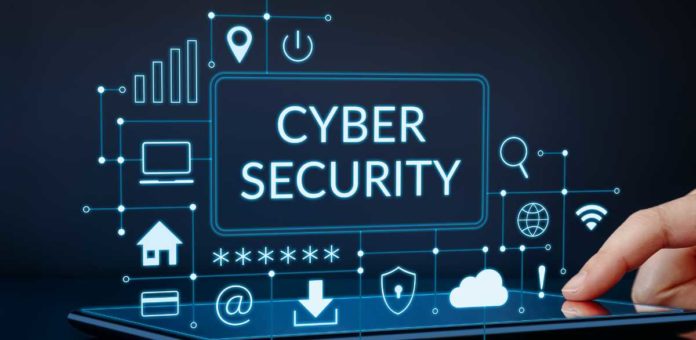Introduction
Identity verification is one of the most important aspects of cybersecurity for businesses. It involves verifying that your customers, employees, and other individuals are who they say they are and that no one else has access to their accounts. Identity verification can help prevent a number of issues from happening, including fraud and identity theft. In this guide we’ll explain why identity verification is important for your business and how it can be done correctly.
Know Your Customers
Know Your Customers
It’s important to know who you’re dealing with. If a customer asks for something that seems out of the ordinary, it could be an attempt at fraud. For example, if they ask for unusual payment methods or insist on paying in cash rather than a check or credit card, they may be trying to hide their identity or avoid payment processing fees.
Know Your Business Partners
Business partners can also pose risks because they have access to sensitive information about your company–and if one partner is breached by hackers and has its data stolen, this can impact all partners involved in the project.[1] It’s essential that you conduct due diligence before entering into partnerships with new companies (or renewing existing ones) so that any potential issues are identified early on and mitigated appropriately.[2]
Identity Verification
You can’t verify a customer’s identity if you don’t know who they are. This is a simple concept, but many businesses make the mistake of relying on what their customers tell them during the verification process.
When verifying an identity, it’s important to take into account all available information and use it as a basis for making decisions about whether or not an individual is who they say they are. For example:
- What does their social media profile look like? How long has this person been active online? Do their posts match up with what you know about them from other sources (like LinkedIn)? If so, this could be helpful in determining whether or not someone truly is who they claim to be.* Is there anything unusual about this person’s social media presence (e.g., do all of their friends appear similar)? If so, then it might mean something different than if everyone was from different backgrounds.* How old does this person seem based on his/her photos (and how many photos are there)? Does he/she look young enough to own property in another state where we don’t currently have any records of him/her owning property yet…
AML (Bank Secrecy Act) Compliance
The Bank Secrecy Act (BSA) is a law that requires businesses to comply with anti-money laundering (AML) requirements. The BSA requires financial institutions and other entities to maintain records of customer transactions, file suspicious activity reports (SARs), and take steps to prevent money laundering.
In order for your business to be compliant with these regulations, you’ll need:
- An AML verification program in place
- An AML policy that outlines how you will identify and mitigate risks associated with AML activity within your business–and includes procedures for conducting ongoing due diligence on customers or clients who have been identified as high risk based on their geographic location or business type
Fraud Prevention
Fraud prevention is a critical area of cybersecurity, and one that’s often overlooked. It’s important to monitor your accounts for unusual activity, as well as use tools that can help you spot suspicious activity before it becomes an issue.
Here are some examples of fraud prevention tools:
- Fraud Management System (FMS) – An automated system designed to detect fraudulent transactions and take action against them while they’re still in progress; these systems are often used by banks and credit card companies to prevent identity theft or credit card fraud
- Consumer Alerts – This tool sends out alerts when there has been suspicious activity on an account; it can be used by consumers who want to stay informed about what’s happening with their finances
Risk Management
Risk management is the process of identifying, evaluating and responding to potential threats to your business. It’s a key component of any broader risk management strategy–one that can help you prepare for any number of scenarios, including cyberattacks.
Risk management includes four steps:
- Identify threats and vulnerabilities–this step involves identifying risks by asking “what could go wrong?” In order to do this effectively, you need to understand all aspects of your business, including where sensitive data is stored and how it’s being used in daily operations. You’ll also want to review past security incidents as well as industry trends related to cybersecurity threats so that you’re aware of emerging risks before they become an issue for your company.
- Assess impact–with all relevant information gathered from previous steps above, assess how much damage would be caused if something were indeed compromised during an attack or breach (e.g., money lost due directly related costs such as hiring consultants). This helps determine whether there are other measures available besides simply preventing future attacks altogether through better technology investments (which could include everything from updating outdated software/hardware systems).
- Plan response actions–once policies have been put into place regarding what happens once certain types situations arise within different departments within each organization then these guidelines need tested thoroughly before being implemented into everyday life at work since mistakes made during testing won’t affect anyone outside ourselves but could cause serious harm if deployed improperly later down line when dealing with larger groups such .
Identity verification is important for businesses of all sizes.
Identity verification is a process of confirming the identity of a person or business entity by validating their credentials, such as government-issued identification cards and documents. It’s important for businesses of all sizes because it helps prevent fraud, which can cost companies millions of dollars each year.
Here are some ways you can perform identity verification:
- Verify that an employee has a valid driver’s license with their photo on it by comparing it with their employee ID badge picture in your system
- Require customers who pay cash to present two forms of ID before completing the transaction
Verify that a customer has a valid credit card by checking the expiration date and CVV number on the back against the card they present Verify that customers are over 18 years old by asking for proof of age verification & aml verification
Conclusion
As you can see, identity verification is an important part of any business’s cybersecurity strategy. It’s not just about making sure that your customers are who they say they are–it’s also about making sure that nobody else can use those identities in ways that could harm your company or its customers. Identity verification helps keep our data safe by verifying who has access to it, so we all need to make sure our businesses are doing their part in keeping us all safe online!



































